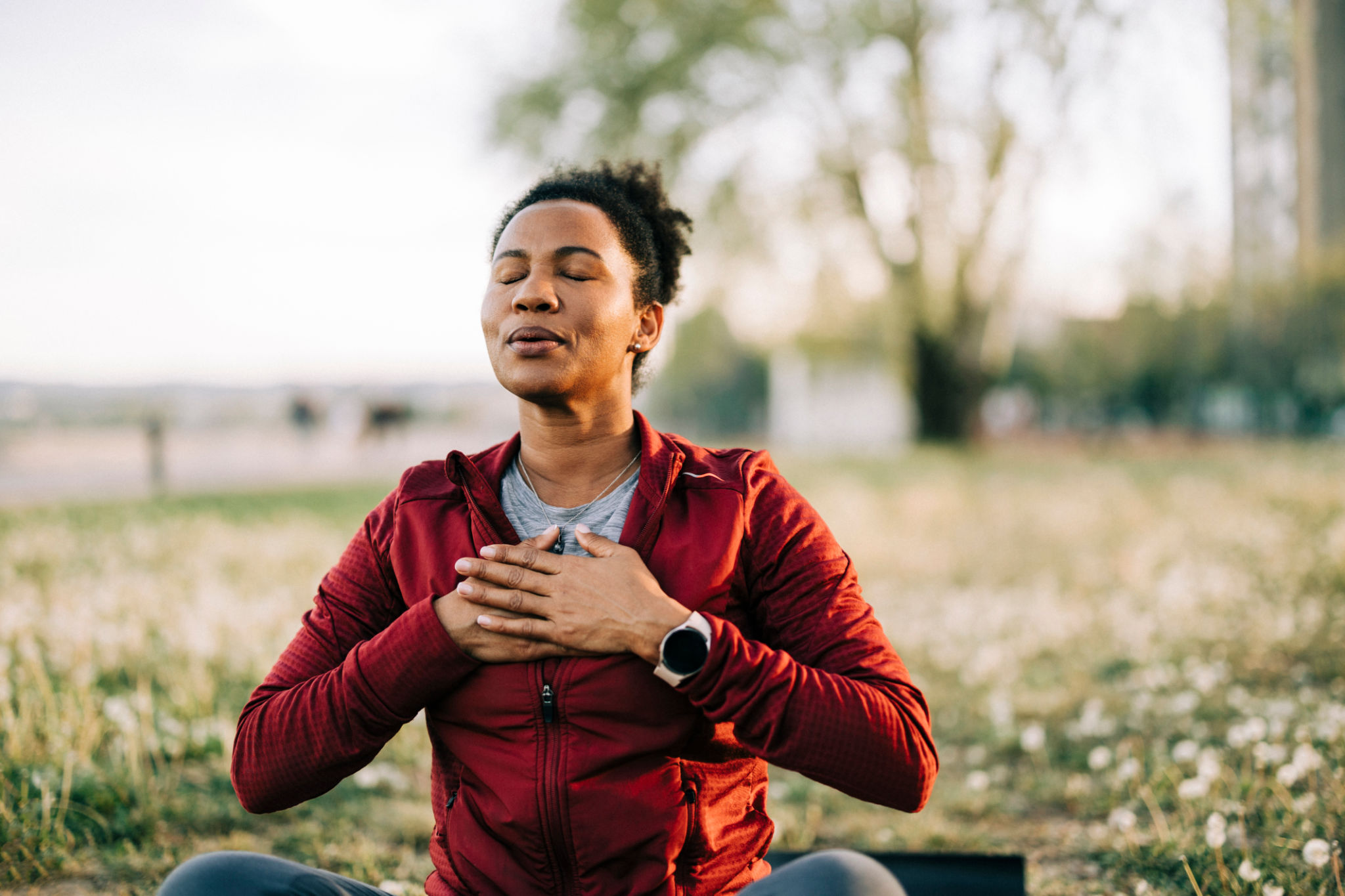Comparing ASMR Therapy to Other Relaxation Techniques in the UK
Understanding ASMR Therapy
ASMR, or Autonomous Sensory Meridian Response, is a phenomenon that has gained significant popularity in recent years. Characterized by a tingling sensation that typically begins on the scalp and moves down the neck and spine, ASMR is triggered by specific auditory or visual stimuli, such as whispering, tapping, or slow movements. This unique response is often used as a form of relaxation therapy, providing individuals with a sense of calmness and relief from stress.

ASMR vs. Traditional Meditation
Meditation is a long-established practice used for relaxation, concentration, and spiritual growth. Unlike ASMR, which relies on external stimuli to trigger a response, meditation focuses on internal mindfulness and breath control. While both approaches aim to reduce stress, ASMR can be more accessible for those who struggle with maintaining focus during traditional meditation sessions.
Moreover, ASMR can offer an immediate sense of calmness, whereas meditation may require more time and practice to experience similar benefits. This aspect makes ASMR an appealing option for those seeking quick relief from anxiety.
ASMR and Yoga: A Comparative Look
Yoga combines physical postures, breathing techniques, and meditation to promote relaxation and improve overall well-being. While yoga requires active participation through movement and stretching, ASMR is a passive form of relaxation that can be enjoyed without any physical exertion. This distinction allows individuals with physical limitations to benefit from ASMR without the need for intense physical activity.

However, yoga offers additional health benefits, such as increased flexibility and strength, which ASMR does not provide. Choosing between the two may depend on personal preferences and specific health goals.
The Role of Music Therapy
Music therapy uses the emotional power of music to promote healing and relaxation. Like ASMR, it relies on auditory stimuli but differs in its approach to creating a therapeutic environment. While ASMR targets specific triggers to evoke a response, music therapy often involves structured sessions with a trained therapist to address specific needs.
ASMR can be considered a more informal approach to auditory relaxation, easily accessible through online platforms. On the other hand, music therapy requires professional guidance and is often integrated into broader treatment plans.

Aromatherapy and ASMR: Sensory Stimuli for Relaxation
Aromatherapy utilizes essential oils to enhance psychological and physical well-being through the sense of smell. While ASMR focuses on auditory stimuli, aromatherapy engages the olfactory system to promote relaxation. Both methods leverage sensory experiences to reduce stress and improve mood.
The choice between ASMR and aromatherapy may depend on individual preferences for auditory versus olfactory stimuli. Additionally, combining both techniques could potentially amplify their calming effects.
The Accessibility of ASMR Therapy
One of the most significant advantages of ASMR therapy is its accessibility. With countless videos available online, individuals can easily explore different triggers to find what works best for them. This convenience makes ASMR an attractive option for those seeking an easy-to-access relaxation method.
In contrast, other relaxation techniques like yoga or music therapy may require attending classes or sessions with professionals, which may not always be feasible due to time or financial constraints.